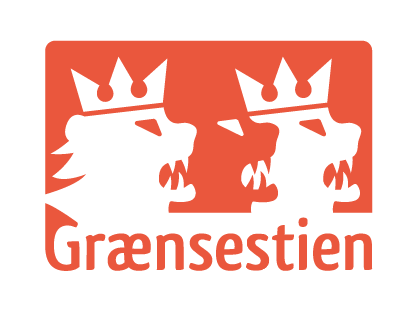Hviding Kro (Inn)
The border came to divide the dual town of Egebæk-Hviding, situated in Vester Vedsted Parish and Hviding Parish, respectively.
In 1864, Høgsbro Chaussé-Krug opened in Ribevej 111, acting as a German customs office from 1865 to 1866.
